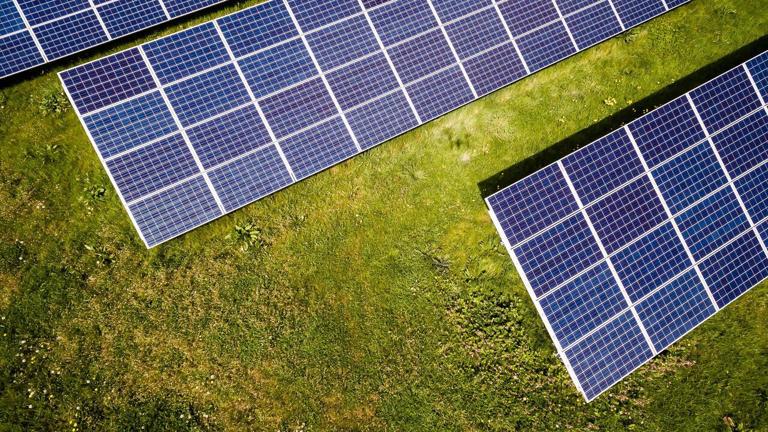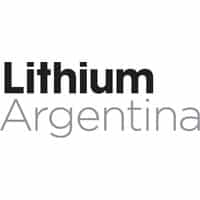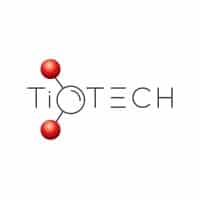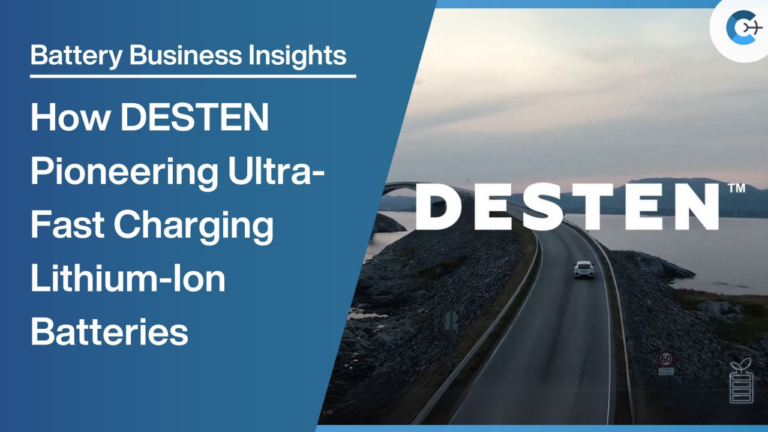The International Energy Agency (IEA) reports continued growth in the deployment of clean energy technologies worldwide, despite concerns about potential setbacks. However, the pace of progress varies significantly across regions and technologies, underscoring the need for supportive policies to facilitate the global energy transition.
According to the IEA’s latest Clean Energy Market Monitor, covering the first half of 2024, solar photovoltaic (PV) installations lead the expansion of clean technologies. New solar PV additions increased by 36% compared to the same period in 2023, with an 80% surge in the United States alone. Electric vehicle sales rose by 25%, and new wind power capacity matched the record levels set in 2023. Conversely, global sales of heat pumps declined by 10%, primarily due to reduced sales in Europe, while sales remained robust in China, the United States, and Japan.
Approximately 7 million electric cars were sold worldwide in the first six months of 2024. In China, EVs accounted for nearly 45% of total car sales during this period, surpassing 50% in recent months. Emerging markets and developing economies also showed signs of accelerating clean energy transitions. EV sales in these markets doubled compared to the same period in 2023, and India saw a 90% increase in solar PV capacity additions in the first half of the year. China’s solar PV capacity additions grew by over 30% during the same timeframe.
In contrast, certain clean energy technologies faced challenges in some European countries in the first half of the year. Heat pump sales in Europe dropped by nearly 50%, and electric car sales grew by only 3% compared to the previous year. A significant decline in Germany contributed to stagnant overall EV sales growth in Europe despite strong performance in the United Kingdom, Belgium, and the Netherlands.
After a temporary increase following the pandemic, the costs of clean energy equipment have resumed a downward trend. The IEA’s Clean Energy Equipment Price Index indicates that in the first half of 2024, solar PV prices fell by 20%, grid-scale battery storage prices decreased by almost 10%, and wind turbine equipment prices dropped by 5% over the past year. The sharp decline in solar module prices, which have more than halved in the last year, facilitated the rapid expansion of solar PV in China. Lower equipment prices offer opportunities for accelerated energy transitions, but supportive policies are essential to address enabling factors such as investment in electricity grids and EV charging infrastructure.
Ample manufacturing capacity and weaker-than-expected demand have pressured profit margins for manufacturers in some sectors, particularly the solar PV industry in China. However, China’s battery manufacturing sector demonstrated resilience, with domestic manufacturers experiencing strengthened profit margins in the first half of 2024.
The report also highlights findings from the IEA’s latest monitoring tool, the Real-Time Electricity Tracker, which estimates near real-time carbon dioxide emissions from the power sector across countries representing about half of global electricity generation. The data shows that aggregate power sector CO₂ emissions in the monitored countries were over 1% lower in 2024 compared to the same period last year.
The Real-Time Electricity Tracker revealed that increased availability of renewable electricity offset potential emission spikes due to heightened demand during an exceptionally hot summer in some regions. In India, electricity demand and emissions rose by approximately 5% year-to-date compared with 2023. In the European Union, renewables accounted for around half of total electricity generation between January and October, reaching a milestone. Combined coal and gas-fired electricity generation fell to a record low share of 23% in Europe during the first ten months of the year, while wind and solar contributed about 30%.
Source: IEA
















